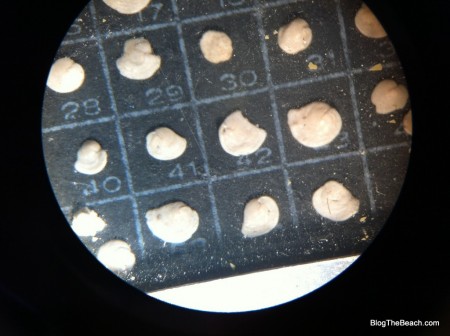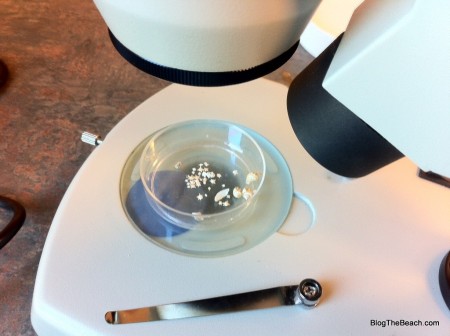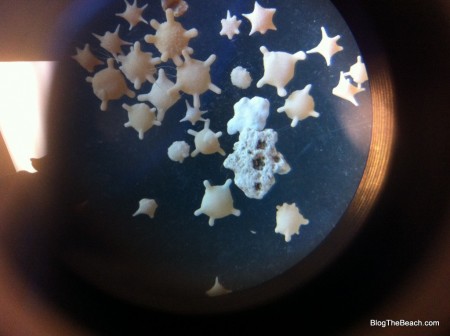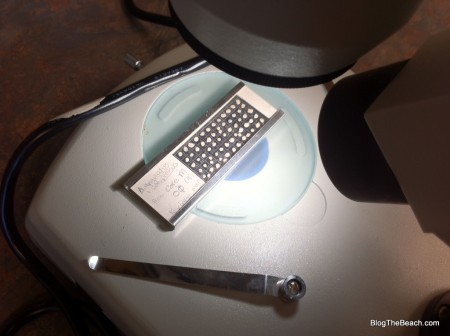Today I attended a lecture / lab at the Weedon Island Preserve in Saint Petersburg, Florida. It was titled “Secrets of Sand: A Study of Foraminifera.” The lecture and lab instruction were presented by Marine Extension Agent Libby Carnahan.
Executive Summary: Foraminifera (forams) are very small single cell organisms that have a shell. In fact, under a microscope, they look like shells. Most live on the sea floor and attach to rocks, shells and corals. When they die, they become part of the sea floor and often end up as a component of beach sand. Some sands have a lot of forams, some have only a few or none.
Who cares? We all do, because forams have been around for over 500 million years. Many of them only lived during certain periods. Some only lived during warm periods. Some only live in certain types of environments. When researchers drill core samples and look at sediments under a microscope they can identify various species of forams and can tell what the climate was like during that time. So, forams play a large role in today’s climate science. Betcha didn’t know that!
Some forams are good predictors of when a coral reef they live on is going to suffer from bleaching.
During the laboratory portion of the class, we looked at some forams under a microscope:

These forams are organized and numbered for easy reference. This photo was take through a microscope lens using my iphone.
Learn more about forams and see pictures of many beautiful forams.
How to collect, view, and identify foraminifera.
If you like my photo of sand at the top of this article, and if you think forams are cool, you’ll definitely want to check out the magnified and brilliantly lit photos of sand and forams by Dr. Gary Greenberg. You will be amazed to see what you’ve been missing!
See what classes Weedon Island Preserve has that you may be interested in.






